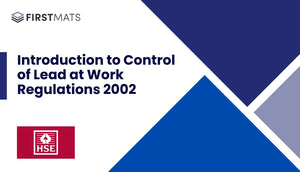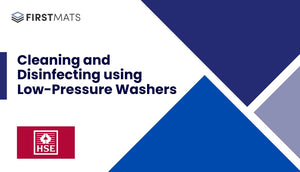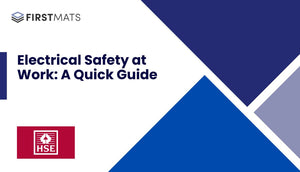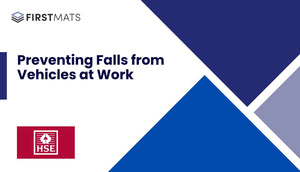Article Index:
Introduction
This guide provides a simplified version of the Health and Safety Executive's (HSE) document titled "Maintaining portable electric equipment in low-risk environments" (INDG236 rev3), which was published in September 2013. The original document provides crucial information on the precautions necessary to prevent danger from portable or movable electrical equipment in low-risk environments such as offices, shops, and parts of hotels and residential care homes.
What Does the Law Say?
The law mandates the maintenance of electrical equipment if it can cause danger, but it does not specify how or how often this should be done. The level of maintenance required depends on the risk of an item becoming faulty and how the equipment is constructed. Factors to consider include:
- The increased risk if the equipment isn’t used correctly, isn’t suitable for the job, or is used in a harsh environment.
- If the item is not double insulated. For example, some kettles are earthed but some pieces of hand-held equipment, such as hairdryers, are usually double insulated.
Ensuring the Safety of Electrical Equipment
Here are some steps to ensure the safety of electrical equipment:
- Encourage employees to inspect the supply cable to the electrical equipment before they use it (user check).
- Make sure that all portable equipment is visually inspected at initial intervals which could be between six months and four years, depending on the type of equipment.
- Arrange for equipment that is not double insulated to have a portable appliance test (including leads) at initial intervals which could be between one and five years, depending on the type of equipment.
- Ensure that damaged or faulty equipment is recognised, removed from use without delay and either repaired by someone competent or disposed of to prevent its further use.
- Review your maintenance system to determine whether you could decrease or increase your inspection and/or testing intervals.
User Checks, Visual Inspection and Portable Appliance Tests
Not every electrical item needs a portable appliance test (PAT). In some cases, a simple user check and visual inspection is enough. For other equipment, a portable appliance test may be needed, but not necessarily every year.
Portable and Movable Equipment
Portable or movable electric appliances are items that can be moved, either connected or disconnected from an electrical supply. These include items like kettles, vacuum cleaners, portable heaters, fans, desk lamps, some TVs, radios, small electric cookers, PC projectors, small appliances such as irons, hair dryers and kitchen equipment including food mixers, toasters etc.
Earthed Equipment and Double Insulated Equipment
When deciding whether to test electrical equipment, you need to consider the type of construction of the equipment in use. There are two basic types of electrical equipment construction – Class I (earthed) and Class II (double insulated).
Conclusion
In summary, maintaining portable electric equipment in low-risk environments is crucial for safety. This guide, based on the HSE's document, provides a simplified overview of the necessary precautions and steps to take to ensure the safety of such equipment. The original document is available for reference on the HSE website.







